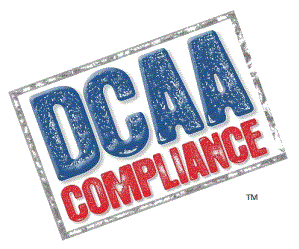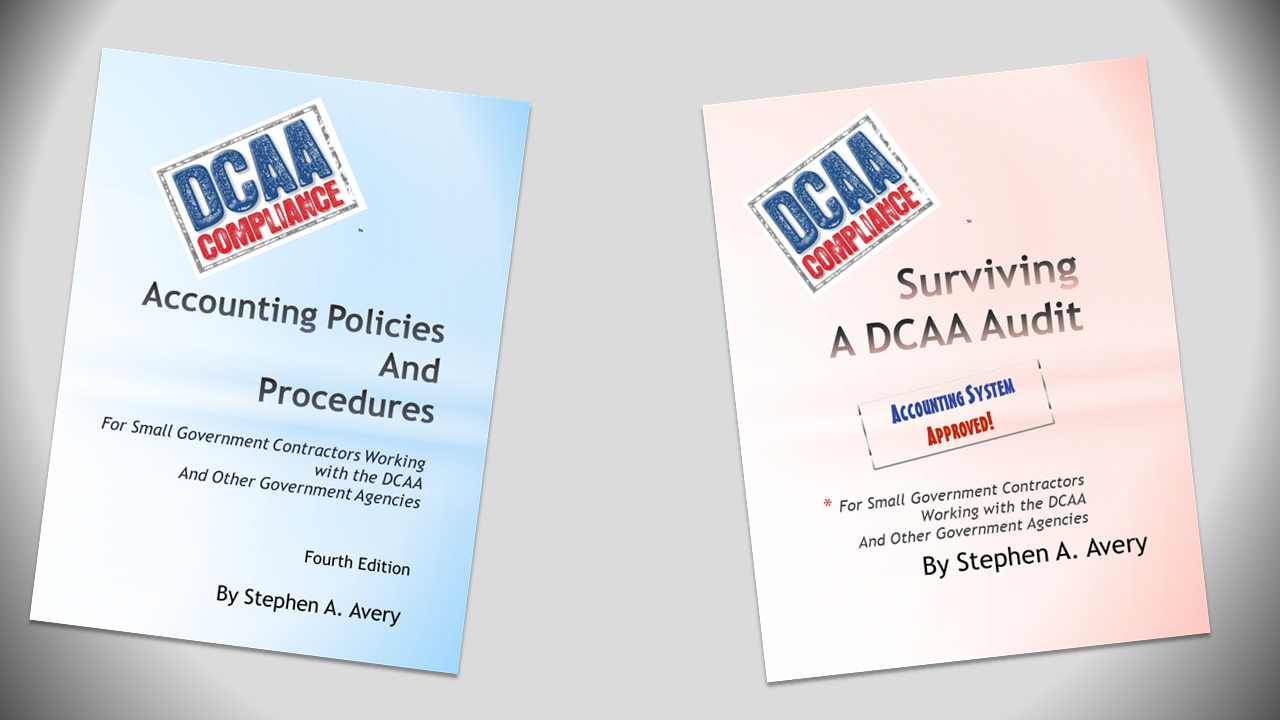Let us take a break from the Technology Services, Inc (TSI) case and talk about a continuing flaw in most small government contractor’s accounting system: tracking variances, specifically those associated with cost type contracts and the associated indirect costs.
Simply put, the variance is the amount the government owes you because your rates ran higher than your billing rates or the amount you owe the government because your rates ran lower than the billing rates.
DCAA’s Information for Contractors discusses the subject in Enclosure 5.
- Provisional Billing Rates.
- FAR 42.704 provides the CO (or cognizant Federal agency official) or auditor responsible for establishing the final indirect cost rates also shall be responsible for determining the billing rates. The Government allows interim payments, if authorized by the contract, during contract performance by progress payments for fixed-price contracts, or by public voucher for cost-type contracts. Reimbursement of indirect costs for these payments is generally made through billing rates that are established to approximately equal the expected final indirect cost rates for the contractor’s fiscal period, as adjusted for any unallowable costs. These billing rates are used for interim reimbursement purposes until settlement is reached on final rates after the end of the contractor’s fiscal year. Billing rates may be prospectively or retroactively revised by mutual agreement, at either the Government’s or contractor’s request, to prevent substantial overpayment or underpayment. Once the final rates are established, an adjustment is made for any variance between the billing and final rates.
- Upon receipt of the certified final indirect cost rate proposal, FAR 42.704(e) provides that the Government and the contractor may mutually agree to revise billing rates to reflect the certified proposed indirect cost rates. The proposed indirect rates will be adjusted to reflect historically disallowed amounts from prior audits until the proposal has been audited and settled. The historical decrement will be determined by either the CO or the auditor responsible for determining final indirect cost rates. If billed costs exceed claimed costs, the contractor must appropriately adjust the next voucher or remit or otherwise credit the Government for the difference.
This government publication points to one of the critical knowledge areas for small business government contractors. If you keep your books and accordingly run your business like the IRS wants their information, your will probably go out of business. If you do the same with regards to DCAA, you will almost certainly go out of business.
The IRS wants to collect information in a manner that makes it easier to assess your tax liability and collect the taxes. They simply have no interest in how your business is doing, your success or failure is not within their job description. DCAA enjoys a theoretical interest in a contractor’s success as it assumes that the contractor’s work is necessary to the government, but their institutional focus has been on the contractor’s expenses in terms of allocability and allowability. Profitability, to DCAA, is, at best, out of their scope of work. At worst, contractor profits can be a focus of suspicion for DCAA.
And variances have a direct impact on profitability and the ability of the contractor to succeed and prosper. Here are a couple examples from my work over the years:
A couple of decades ago, a contractor I worked with secured a $10,000,000 contract with the government and managed to talk them into a $5,000,000 advance payment on the contract. Almost unheard of, even back in those days.
Unfortunately, the owner died tragically just after receiving the advance payment. The company made the IRS happy and paid the taxes on the $5,000,000 and recorded the “revenue” on the books. Properly, the company should have booked the advance payment as Deferred Revenue, a liability, and the money should only have hit revenue as it was earned. This is an excellent example of how you fill out your tax return often should have no influence on how you manage your business.
I am sure you can guess, the contractor spent a lot of the money before they even began serious work on the contract and struggled for a couple of years to do the work without any new money for the work.
In another example going the other way, a client of mine brought me in to work some audit issues on a $27,000,000 contract. As I looked everything over, I asked about any variances and they assured me there were no variances. I looked at the billing for the five years and could not see any variance billing, and asked to take a look at one year to check. After some resistance, they agreed and I found they underbilled the government about $75,000 in the sample year. That justified taking a look at all five years and the amount grew to approximately $900,000 never billed to the government.
The latter one annoyed me a bit as this contractor paid me to help create their policies and procedures. These policies and procedures called on the contractor to track the variance on a monthly basis. Obviously this did not happen.
Other contractors I worked with over the years discovered during the preparation of their Incurred Cost Proposal that they owed the government tens of thousands of dollars they did not anticipate. Another former client never had a variance, his books somehow tied exactly to the billing rate year after year. It is a bit more innocent than it sounds. He actually thought he was contractually obligated to spend to that amount exactly.
And of course I have to mention the major accounting firm that called an emergency conference call because they did not understand why the rates on the incurred cost proposals differed from the billing rates.
Tracking variances is cost accounting 101. No one should be surprised by a variance. Contractors should track the variance on each contract each month. You calculate the variance (actual vs. billed) for the month and post the difference to the balance sheet. If you the variance is up one month and down the next, this method will show the contract-to-date total each month. Putting the variance on the books of record and reporting it on the balance sheet formalizes the process, making it a routine item to discuss at those monthly finance meetings.
After writing the first draft of this article this morning I reviewed standard report from one the popular government contracting system and discovered, to my great annoyance, that the variance was reported as an increase of profits!!!! How do you explain this to your boss when you have to pay the money back? Maybe it is a setup issue, sigh….
There is some disagreement about where on the balance sheet to post the variance. I prefer to post the balances to an accounts receivable account (“CPFF Variance”) and the offset is to “CPFF Variance Revenue”. Some contractors use an inventory method, posting the variance to an inventory Work in Progress account on the balance sheet and posting the other side to a Cost of Goods Sold account.
Either way, you know where you are each month and there are no surprises.
What do you do if you are caught by surprise? Depending on your circumstances, there are some legitimate methods for addressing variances starting with a thorough analysis of allocability, allowability, and costs.
Visit us on www.dcaacompliance.com

